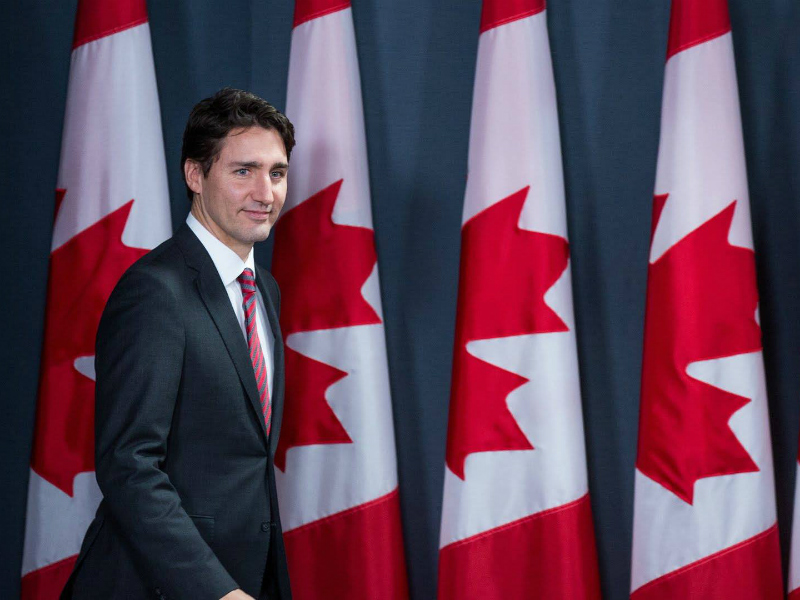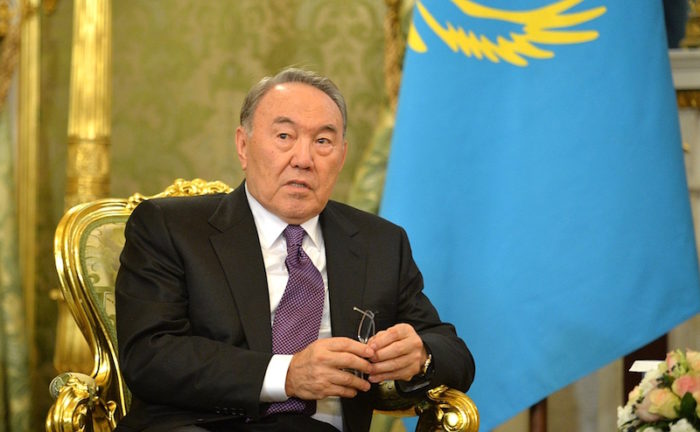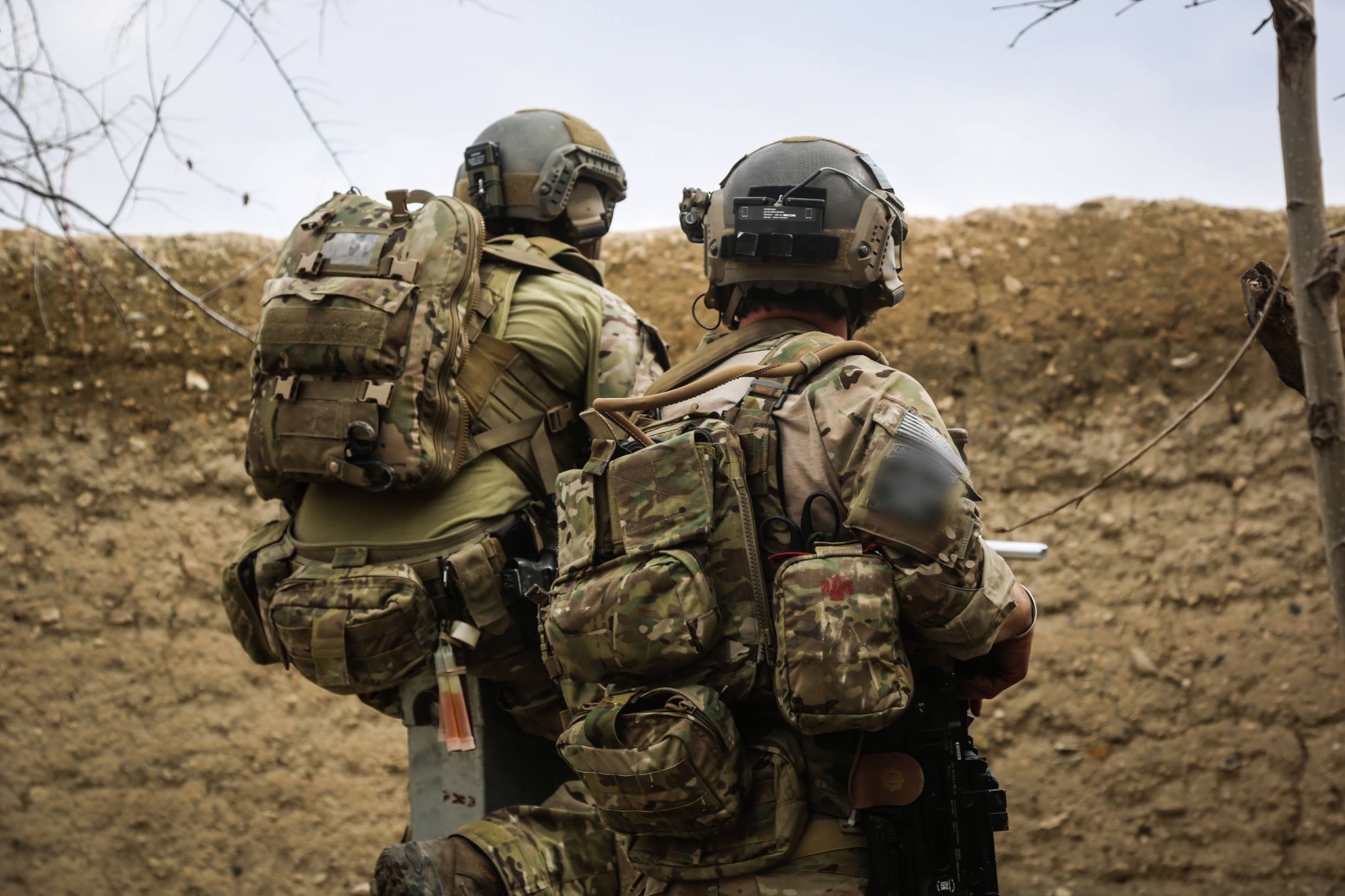The Zapad (“West”) exercise takes place every four years and is scheduled to be held in September 2017. Russian troops will train on the borders of the Baltic states, in Russia’s Western Military District (including the Kaliningrad exclave), and on Belarusian territory. The US military expects that between 70,000 to 100,000 troops will participate in the exercise, making it one of the largest Russian military exercises to take place since 2013. In comparison, NATO’s biggest exercise since the 1990s, Trident Juncture, was held in 2015 and involved 36,000 soldiers.
Why NATO should pay attention to Zapad 2017
Due to Zapad’s scope and location, Baltic states fear the exercise could cause inadvertent military accidents or transform into a surprise attack. Georgia (2008) and Eastern Ukraine (2014) are established precedents of Russian military exercises transforming into invasions. Current tensions between the Alliance and Russia heighten fears of a similar scenario repeating itself in the Baltics. If Vladimir Putin is capable of intervening in a Baltic country, without triggering NATO’s Article 5, it would question the solidarity of the Alliance and possibly lead to its impotence.
If Zapad 2017 turns into an attack, the armies of Lithuania, Latvia and Estonia would be unable to resist Russian troops on their own. Overall, their forces amount to roughly eleven infantry or light infantry battalions (circa 10,000 soldiers). In 2016, a RAND Corporation study found 25 Russian battalions (stationed in Russia’s Western Military District and in Kaliningrad) would take between 36 to 60 hours to capture the capital cities of Estonia and Latvia. It would take even less time for 100,000 soldiers to do so.
A Russian offensive would be impeded by US forces and multinational NATO battalions present in the region. Through the “Atlantic Resolve” operation, the US deployed a brigade of 4,000 soldiers in Eastern Europe. In turn, the transatlantic alliance sent four multinational battalions to the Baltic states and Poland in 2017, as part of the “Enhanced Forward Presence” operation. These forces, working alongside Baltic armies, could delay the advance of Russian troops for some time. It is, however, uncertain whether they are capable of fending off an attack until support from the alliance arrives. It would take around five days for NATO’s Very High Readiness Joint Task force, a brigade of 5,000 troops, to deploy in the Baltics. If unable to arrive quickly enough, the forces of the alliance would be in a disadvantageous position: recapturing a portion of Baltic territory would come at a high cost for the Alliance.
If NATO launched a counteroffensive, Russia could threaten using tactical nuclear weapons in the ensuing battle. Since the early 2000s, Moscow’s nuclear posture has been that of escalate to de-escalate: it entails Russian use of tactical nuclear weapons in a conventional battlefield to arrive at a political settlement. Nuclear weapons may thus be used when the Kremlin deems the security of the state is in danger. This would place the onus of escalation on NATO, threatening world stability.
Enhancing NATO’s Forward Presence
It is therefore important that NATO strengthens its posture in the Baltic states for the duration of Zapad 2017, in order to deter a Russian aggression. This would send a clear signal to Moscow: the Alliance stands firm and is ready to fight to protect its members. The NATO forces stationed in the region should be capable of countering a Russian offensive until adequate assistance from the Alliance is made available.
In terms of ground forces, the Enhanced Forward Presence battalions in the Baltic States and Poland should be bolstered at least to brigade size. Four multinational brigades, while not enough to represent a danger to Russia, would be able to resist Russian aggression until NATO’s response. They should include various enablers, heavy armour and artillery support to maximize their efficiency. These brigades must be stationed near the Russian border, so that they can rapidly react to any Russian infiltration.
NATO sea and air presence in the Baltics should also be reinforced. Currently, NATO’s Baltic Air Policing (BAP) peacetime mission, that comprises between eight and ten aircraft, is tasked with surveillance of Baltic airspace. The alliance’s aerial presence should transform into a defensive posture: combat ready and armed aircrafts should be sent to the Baltics. Furthermore, fifth generation aircraft such as the F-35 must be deployed so that NATO is capable of countering Russia’s A2/AD strategy. More maritime assets must be stationed in the Baltic Sea, and stand ready to counter actions of Russia’s Baltic Fleet.
Russia is likely to perceive these deployments as a threat to its national sovereignty and could use them as a pretext to take more aggressive action during Zapad 2017. Therefore, it is necessary that the Alliance clearly signals its intention to remove these forces from the Baltic once Russia concludes Zapad 2017.
Photo: The final stage of the Zapad-2013 Russian-Belarusian strategic military exercises (2013) via Kremlin.ru
Disclaimer: Any views or opinions expressed in articles are solely those of the authors and do not necessarily represent the views of the NATO Association of Canada.




